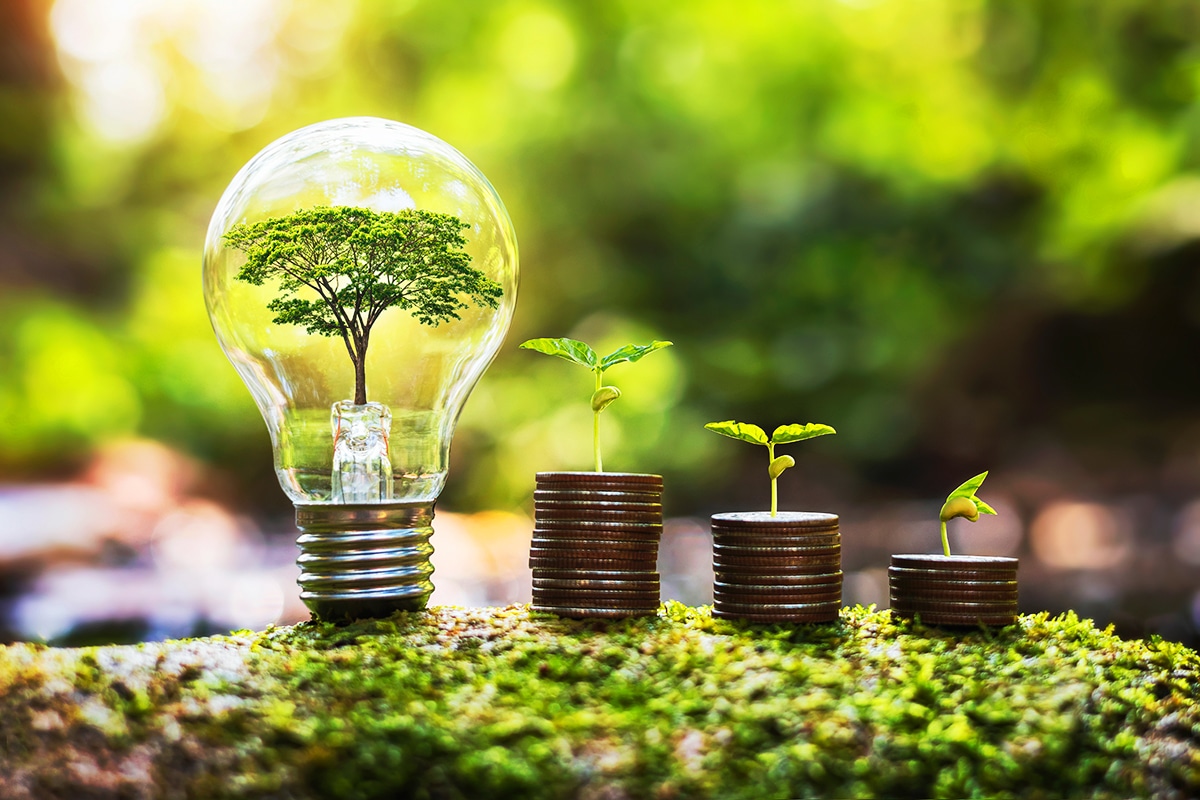In recent years, the world has become more conscious of the urgent need to address the issue of climate change. Governments, businesses, and individuals alike are uniting in the fight to reduce carbon emissions and create a more sustainable future. One of the most critical approaches to achieving this goal is through green finance, an innovative way to use money to save the planet and your wallet.
Green finance is a rapidly evolving field that seeks to direct financial resources towards sustainable infrastructure projects, green technologies, and environmentally-friendly businesses. By using financial vehicles such as bonds, loans, and green investment funds, green finance aims to help tackle climate change while generating attractive financial returns for investors. This is a win-win scenario: investors make money while also doing their part to create a cleaner, healthier, and more sustainable world.
The Importance of Green Finance
Green finance is essential because it provides critical funding for projects that support sustainable development. Traditional financing mechanisms are insufficient in addressing the pressing environmental challenges that we are facing today. Green finance essentially fills the gap between what is needed to transform the world into a greener and more sustainable place and the funding that is available.
Moreover, green finance allows investors to contribute to the transition to a low-carbon world while also benefiting from financial returns. By investing in sustainable businesses and projects, investors can align their financial goals with their environmental priorities. Green investments can help boost economic growth in industries such as renewable energy, energy efficiency, sustainable agriculture, and waste management, creating jobs and supporting local communities.
Types of Green Finance
Green finance takes various forms, such as sustainable investment funds, green bonds, and green bank loans. Here are three typical examples of green finance options:
- Sustainable Investment Funds: These funds invest in companies that prioritize sustainability, such as those operating in renewable energy, sustainable agriculture, and eco-friendly technologies. These funds often track specific indexes that measure environmental, social, and governance (ESG) performance.
- Green Bonds: These are fixed-income securities issued to finance projects that have a positive impact on the environment, such as renewable energy, energy efficiency, and sustainable transport. Green bonds are attractive to investors because they offer stable returns and are also seen as socially responsible investments.
- Green Bank Loans: These are loans provided by banks to fund environmentally-friendly projects. Green bank loans often have lower interest rates, longer repayment terms, or preferential conditions than traditional loans. These loans are often used to finance projects such as solar panels, wind turbines, electric vehicles, and energy-efficient buildings.
Benefits of Green Finance
Green finance has several benefits for investors, businesses, and the environment:
- Environmental Benefits: Green finance provides funding for projects that help tackle climate change and preserve the environment. Investments in renewable energy, energy efficiency, waste management, and sustainable agriculture have the potential to reduce greenhouse gas emissions and promote a more sustainable use of natural resources.
- Financial Returns: Green finance can provide attractive financial returns for investors. Sustainable investment funds, green bonds, and green bank loans offer financial opportunities that are aligned with environmental priorities.
- Risk Mitigation: Green finance can also help mitigate risks associated with climate change. Companies and projects that prioritize sustainability tend to be more resilient to environmental and economic pressures, reducing the risk of financial losses.
- Corporate Social Responsibility: Green finance aligns with a company’s corporate social responsibility goals and demonstrates a commitment to addressing environmental challenges.
Getting Started with Green Finance
If you are interested in joining the green financial revolution, here are some useful tips to help you get started:
- Establish Your Goals: Determine your environmental and financial goals. Do you want to invest in a sustainable investment fund, green bonds, or green bank loans? What level of risk are you willing to take on? What is your investment horizon?
- Research Your Options: Once you have established your goals, research different green finance options. Look for funds or projects that align with your environmental and financial priorities. Consider the track record of fund managers, the credit rating of green bonds, and the terms and conditions of green bank loans.
- Consult with a Financial Advisor: Consider consulting with a financial advisor who specializes in green finance. A financial advisor can help you evaluate your options and develop a strategy that aligns with your goals and needs.
- Monitor Your Investments: Once you have made an investment in green finance, monitor your holdings regularly. Stay up-to-date on the performance and news of sustainable businesses and projects. Consider reinvesting dividends in other green investments to generate compound returns.
The Bottom Line
Green finance is a powerful tool that can help tackle climate change while generating attractive financial returns for investors. By investing in sustainable businesses, renewable energy projects, and environmentally-friendly infrastructure, investors can help build a cleaner, healthier, and more sustainable world. If you want to make a positive impact on the environment while also growing your wealth, consider joining the green financial revolution today!
